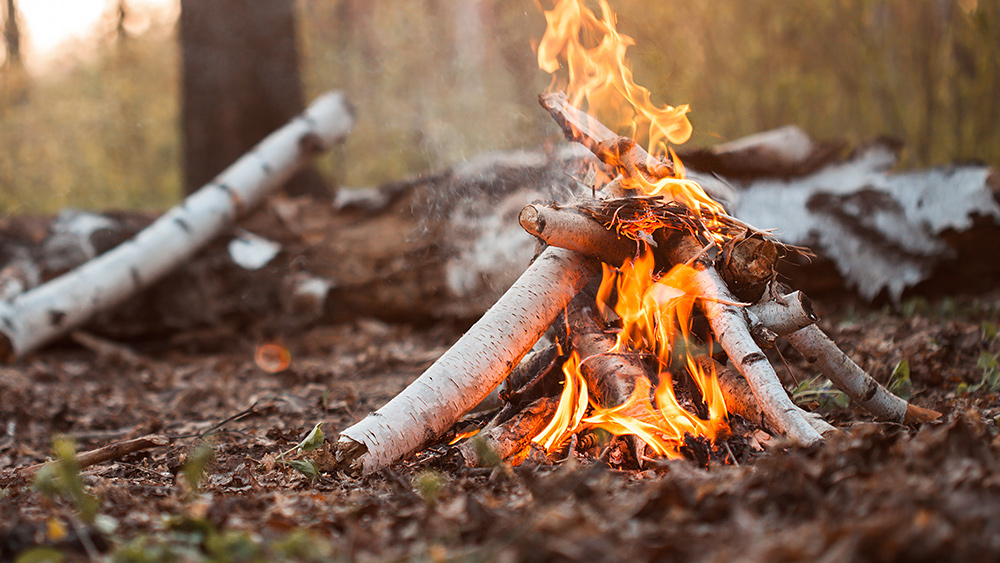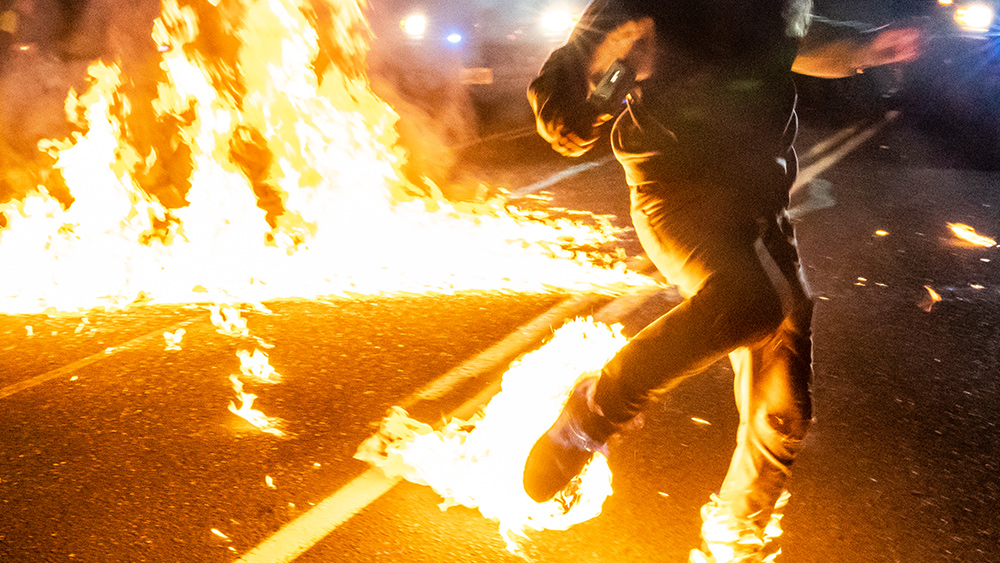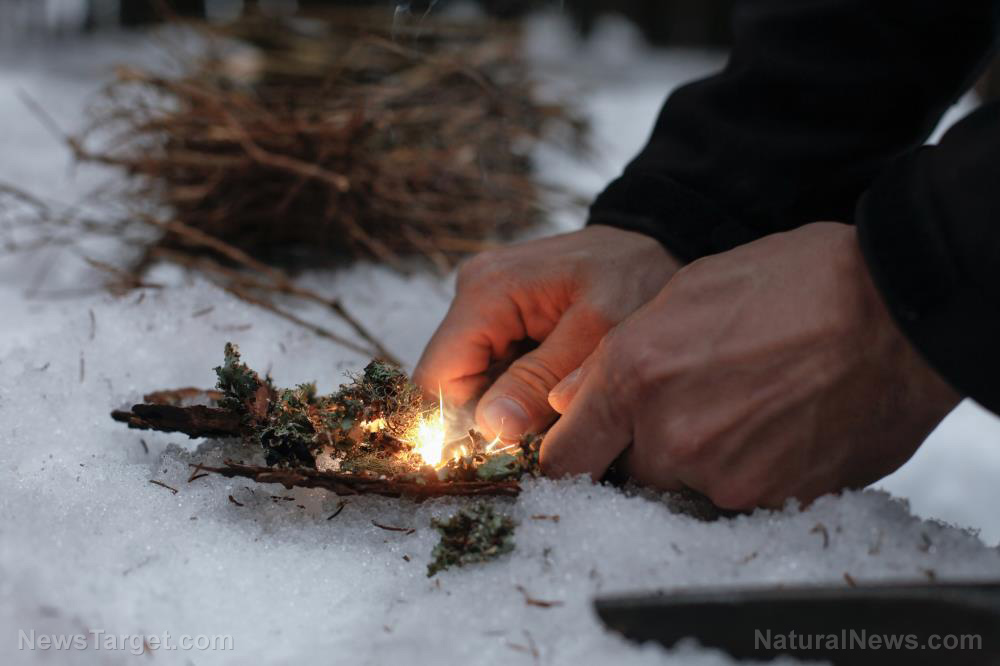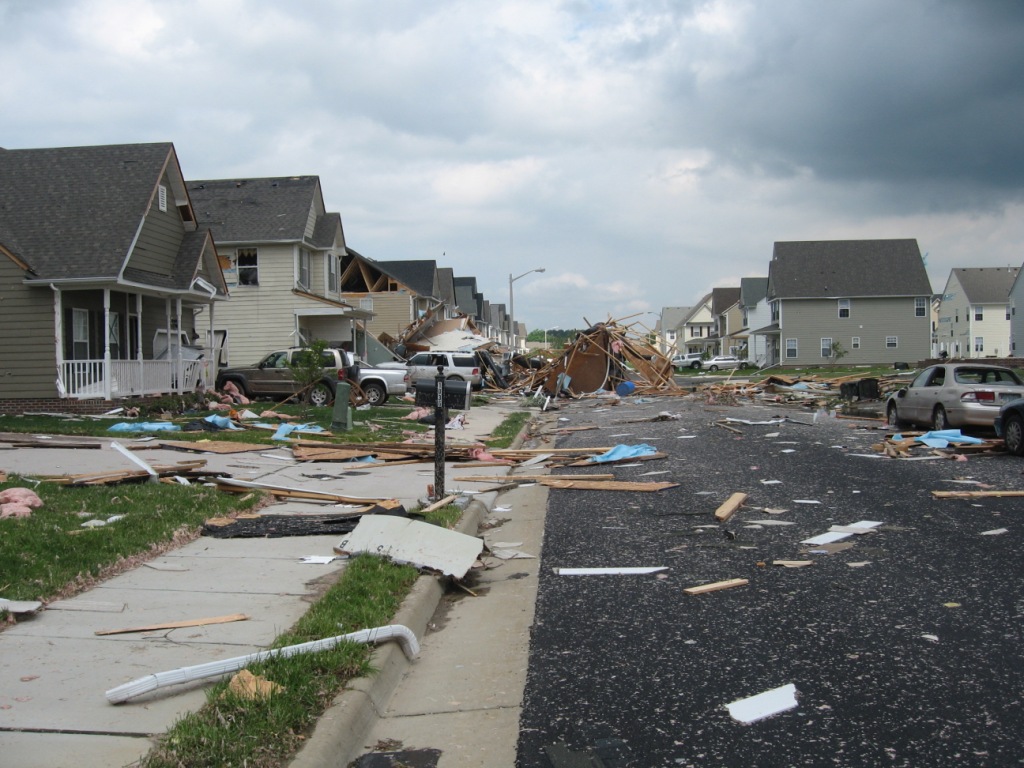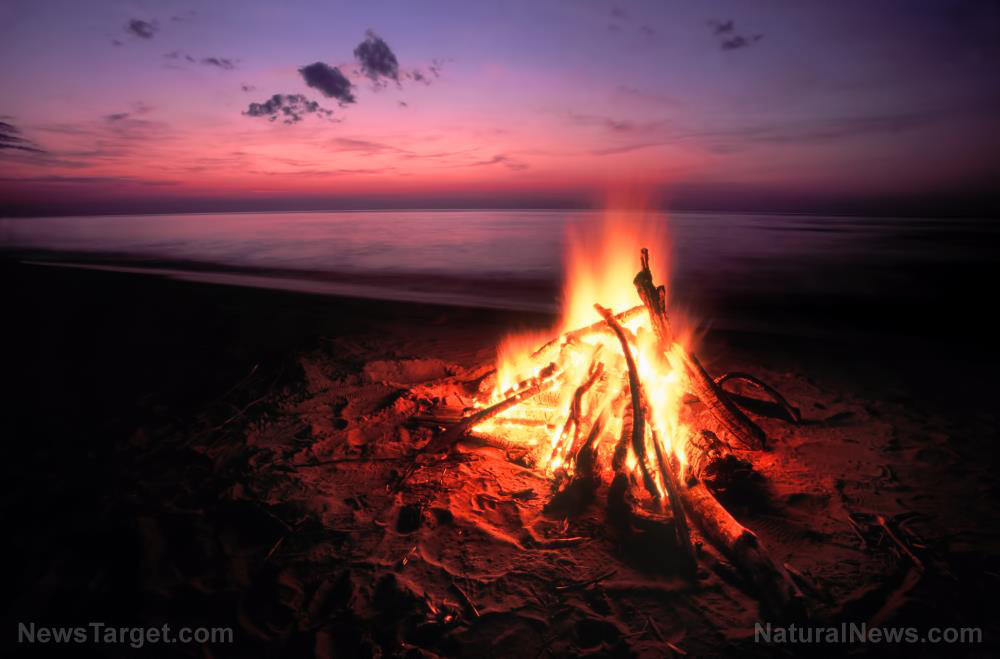
Firestarting is an important survival skill to learn and master, especially if you go camping often or if you have plans to bug out when SHTF. Knowing how to build a fire means you can stay warm, cook food, boil water and have a source of light wherever you are, even in times of disaster.
Firestarting basics
To start a fire, you need oxygen, heat and fuel. Oxygen is readily available, but how much of it is available may affect how quickly you can get your fire going. Heat can come from matches, a lighter, friction or a chemical reaction. Fuel starts your firebase and keeps it going. It is broken down into three categories:
- Tinder – Tinder is any dry material with plenty of surface area that burns easily. This can be pieces of a bird's nest, cotton balls or tree bark. (Related: Survival essentials: 6 Things to include in a survival fire starter kit.)
- Kindling – Kindling is any dry material placed on top of the burning tinder. It should catch fire quickly. Once the kindling is burning, it can ignite larger pieces of wood. Good examples of kindling are dry twigs and pine cones.
- Firewood – Firewood is what will keep your fire burning for hours. You can pack some from home, buy a bundle from camp stores or gather firewood from dead trees near your camp.
Once you have all three requirements, prepare to start a fire. Start by igniting your tinder. Add kindling slowly to avoid snuffing out the fire. Once you have a hot base of embers, place the fuel around and above the fire.
6 Types of campfires
Below are six types of campfires that you can build to stay warm or cook while outdoors.
1. Tepee fire
As far as campfires go, this is the easiest one to build. It is conical in shape and resembles Native American tepees, hence its name. Its main drawback is that it doesn't burn as long as other fires.
Here's how to build a tepee fire:
- Gather around 10 pieces of dry kindling between eight and 12 inches long.
- Hold four pieces vertically in your fire pit. Lean them into each other so that they remain standing.
- Add the rest of the kindling to the tepee, taking care not to topple over the whole thing.
- Fill the area inside the tepee with smaller pieces of kindling.
- Light the fire and add more kindling as needed.
2. Canadian candle
The Canadian candle is a contained fire that's perfect for cooking. It is less of a fire hazard than other campfires, and it burns for long periods. However, it takes longer to set up. You will also need a large log and some tools.
Here's how to build it:
- Find or cut a log with flat, level ends on either side. Position the log so that it is standing on its end.
- Using an axe, cut slits into the log in either quarters or sixths. Don't cut all the way through.
- Gather a handful of kindling and insert it into the center of the log. Don't overstuff it.
- Place tinder and more kindling on top of the log in the center. Light the tinder.
The embers from the fire on top of the log should fall down inside the log and light up the kindling there. After a short while, the log itself will catch fire and burn steadily.
3. Top-down fire
This campfire is low-maintenance and ideal for winter. Here's how to build it:
- Arrange three to five large logs in a single layer as your base.
- Add progressively smaller logs on top.
- Add some kindling on top of the smallest logs, then add bits of newspaper on top.
- Light the newspaper. The fire should slowly burn down to the larger logs at the bottom.
4. Log cabin fire
This is the best fire to build if you need to stay warm but don't want to keep stoking the flames. Here's how to build it:
- Place two large, sturdy logs horizontally as your base.
- Place two logs on top of those vertically.
- Continue building the base of your fire in this manner using progressively smaller logs.
- Add tinder or a small tepee structure at the base. Light the fire.
5. Star fire
The star fire burns a few logs bit by bit to keep the fire going for as long as possible without requiring more wood. Here's how to build it:
- Create a small tepee structure with sticks and kindling.
- Place four to six logs around the tepee. Each log should have one end barely touching the tepee, while the other faces out. The idea is to create an asterisk-like arrangement.
- Light the tepee. Adjust the logs as they burn to ensure that every log is slowly consumed by the fire.
6. Lean-to fire
The lean-to fire is a wind-resistant fire that's perfect for when you're camping in harsh weather. However, it tends to burn out quickly. Here's how to build a lean-to fire:
- Lay a thick log on the ground. Place your tinder beside the log, on the leeward side of the wind.
- Lean sticks and other bits of kindling against the log at an angle that goes over the top of the tinder.
- Light the tinder. The fire will catch the kindling and eventually burn the bigger log at the base.
- Slowly add larger sticks to build up the fire.
Be mindful of your surroundings when building a campfire and never start one you can't control. Extinguish it properly when you're done with it.
Survival.news has more articles with tips for wilderness survival.
Sources include:
Please contact us for more information.















